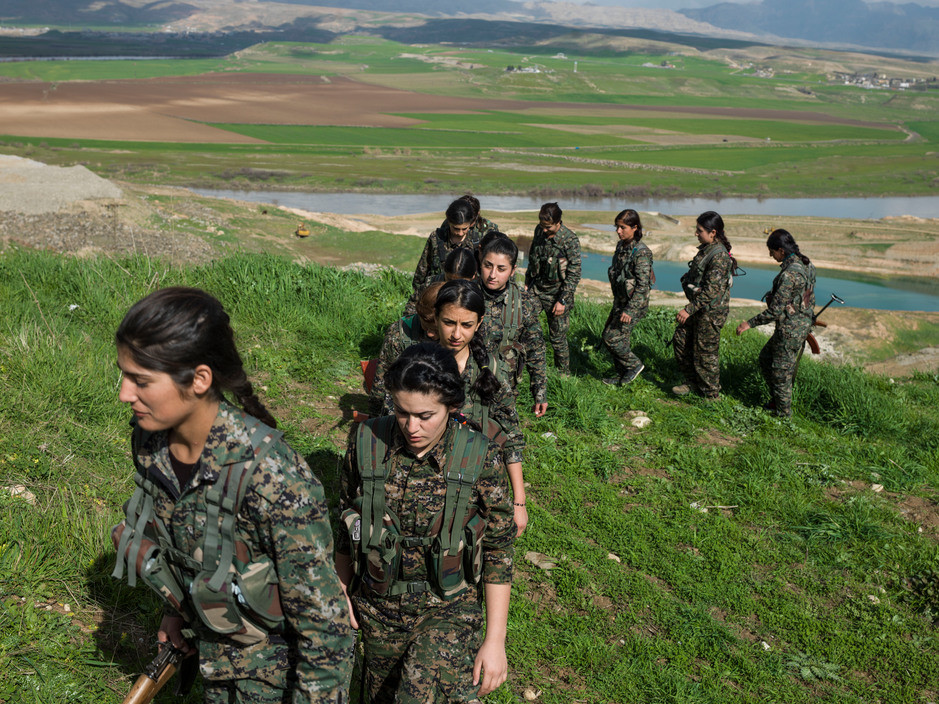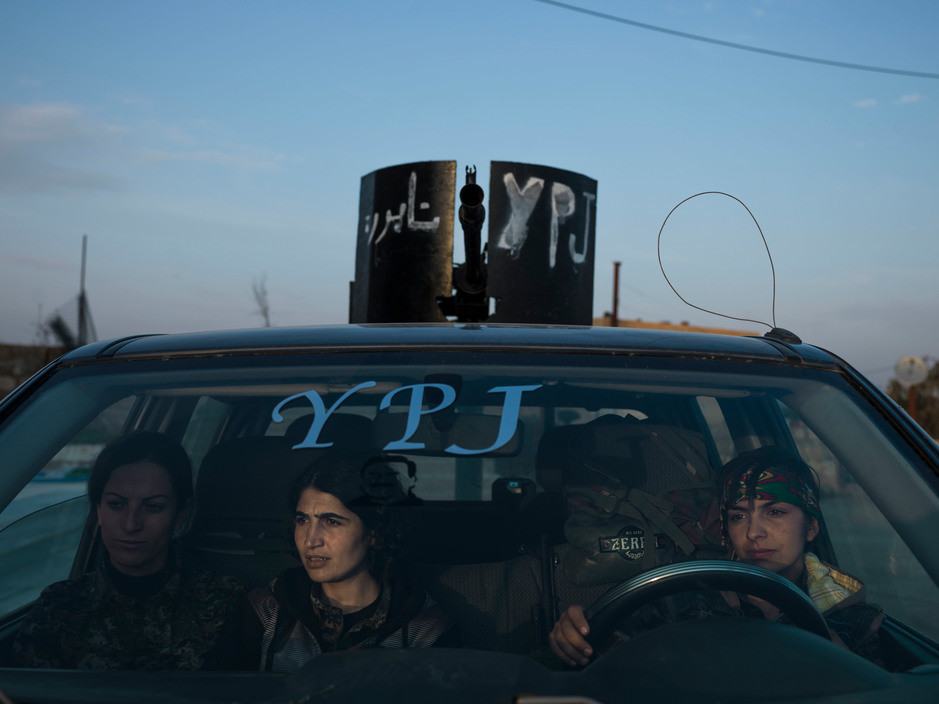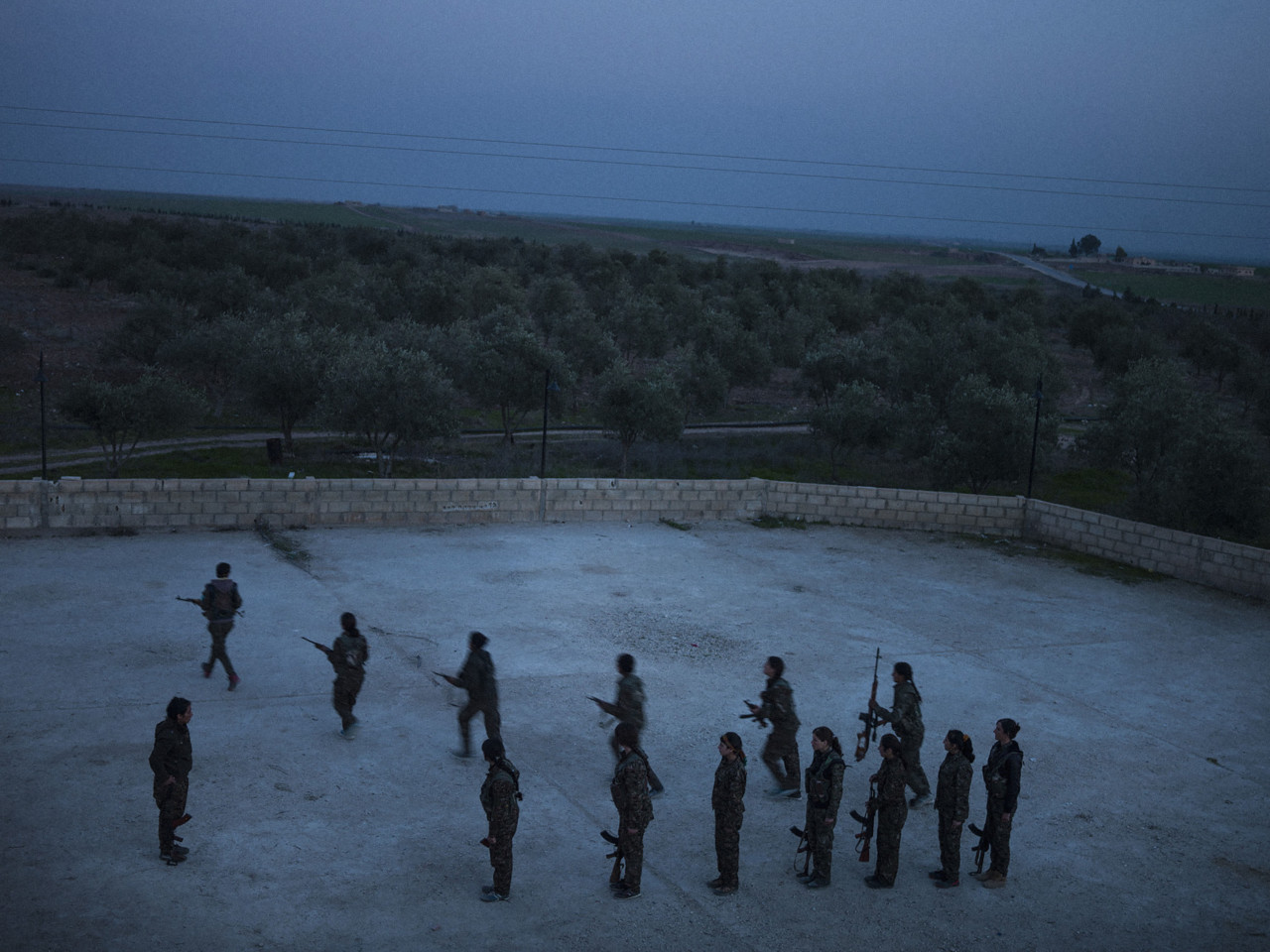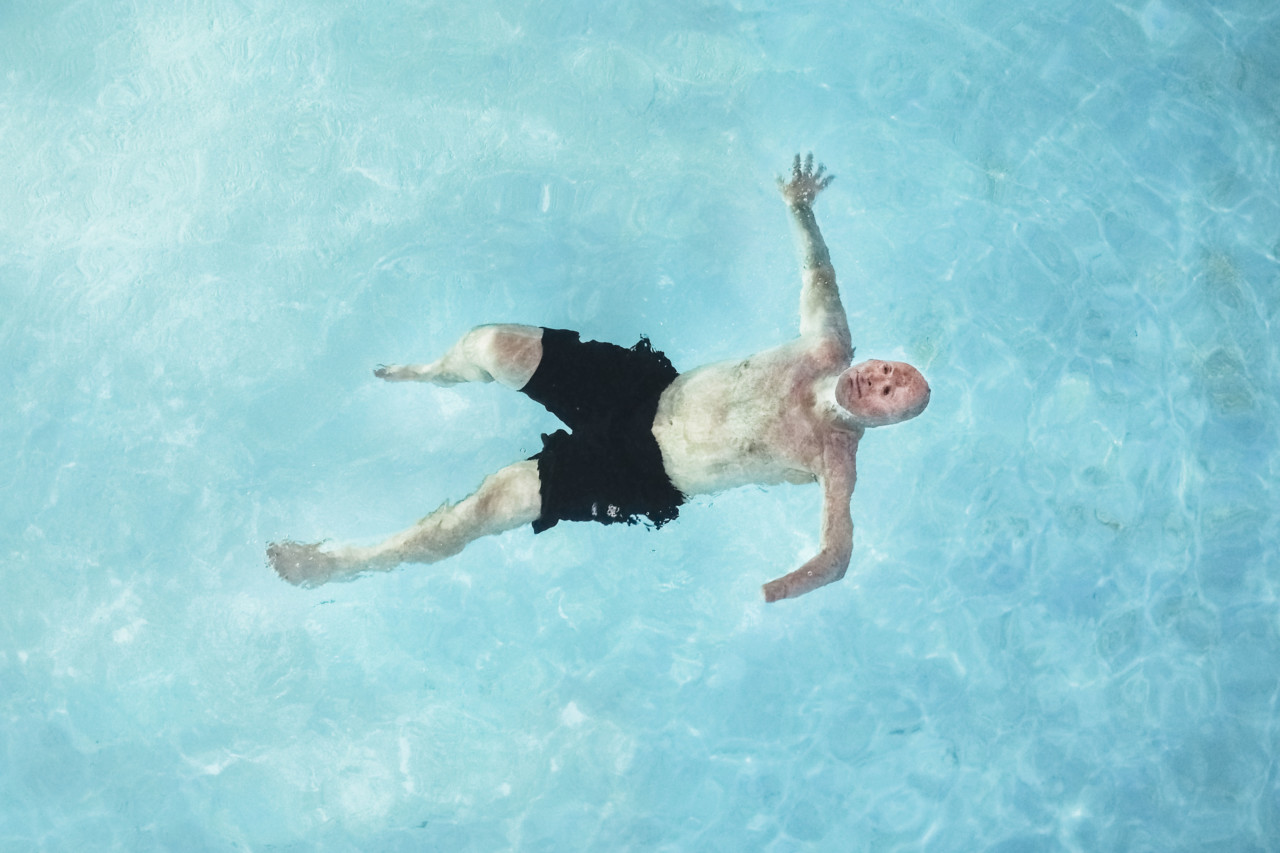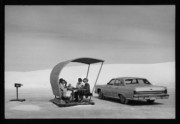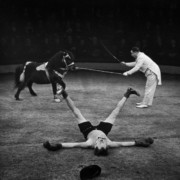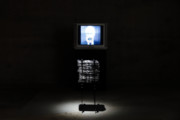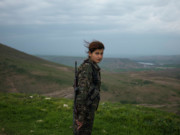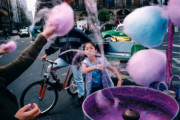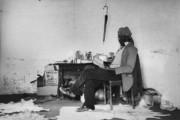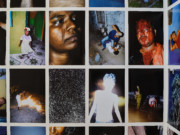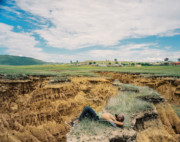No Iconic Images: Views of War
An exhibition at the Open Eye Gallery in Liverpool presents Peter van Agtmael and Newsha Tavakolian’s perspectives on the wars they witnessed in Iraq, Afghanistan and Syria
No Iconic Images, an exhibition at the Open Eye Gallery in Liverpool — featuring Magnum photographers Peter van Agtmael and Newsha Tavakolian — emerged from “a need to look at war through different approaches to war photography, especially at a time when wars in various parts of the world dominate the news,” the curators Viktoria Bavykina and Max Gorbatskyi write.
Alongside a display from The Guardian, unveiling the decision-making process behind publishing war photographs, Van Agtmael and Tavakolian show how elements of war trickle into everyday gestures and circumstances, before, during, and after armed conflict. Documenting their experiences in Iraq, Afghanistan and Syria, they attuned themselves to the outskirts of war, its heightened intimacies across bodies, landscapes, and relationships. While “iconic” images risk overshadowing the more complex mechanisms of warfare and shaping the narratives of our collective consciousness, Tavakolian and Van Agtmael turn the lens towards the personal, nuanced realities of war.
"The temptation of breaking free from a patriarchal society was so strong that, in a couple of years, rosy-cheeked rural girls developed into warriors so confident in their ways that they were ready to kill or be killed."
- Newsha Tavakolian
In 2015, Newsha Tavakolian documented the day-to-day life of the YPJ, the Women’s Protection Units — an all-female Kurdish militia fighting ISIS and defending women’s rights in Syria. Tavakolian photographed Torin, 18 at the time, who explained why she joined the unit: “I was looking for something meaningful in my life and my leader [Ocalan] showed me the way and my role in the society. We live in a world where women are dominated by men. We are here to take control of our own future. We are not merely fighting with arms; we fight with our thoughts.”
In Tavakolian’s artist statement, she writes, “Before joining the movement and turning into warriors, these young Kurdish fighters lived a typical rural life overshadowed by the Assad government and a masculine dominance in their communities. While the government prohibited them from having Kurdish names, or speaking Kurdish in public, at home they were told that politics ‘was no girl’s business’. […] With the promise of gender equality – giving women the power they had been denied for hundreds of years – Öcalan’s ideas swept female citizens off their feet. The temptation of breaking free from a patriarchal society was so strong that, in a couple of years, rosy-cheeked rural girls developed into warriors so confident in their ways that they were ready to kill or be killed.”
Peter van Agtmael’s selection from his post-9/11 era book, Look at the U.S.A., spans from 2006 to 2022, covering his time in Afghanistan, Iraq, and the U.S. In the preface to the photobook, van Agtmael revisits the early exposures to war images and rhetoric during his youth in America that influenced his career: “The glow of victory reigned throughout the 90s. We were the world’s undisputed superpower.”
Agtmael challenges this narrative: soldiers contend with the normality of losing their comrades, or the dissonance between their lived experience and the aftermath upon returning home with severe injuries and hallucinations. “I began to understand the U.S. when I was in Iraq, […] talking with soldiers from places I’d never heard of […]. If we care to be honest with ourselves, history is always a story of violence on the way to the triumphs – and even those are always messy,” writes van Agtmael.
The deconstruction of “iconic” photos also allows the photographers to ruminate more publicly when navigating sensitive material, particularly around representations of the body. On his photo of Bobby Henline, severely injured and burned in Iraq, posing next to his son, van Agtmael writes: “It’s challenging to photograph someone with disfiguring injuries in a way that is both revealing and respectful. […] Basing the image on an image he had endorsed seemed like a good solution. But did I need to use the flash? His images often seek to minimize the disfigurement, while the flash fills in every detail and crevice.”
Van Agtmael writes: “Under President Obama, ten times more drone strikes were carried out than under George W. Bush. They have allowed U.S. forces to carry out strikes in areas that don’t have ground forces and killed thousands of civilians, with little accountability. The media has been largely complicit. According to a report from Airwars, […] ‘Major US media were five times more likely to report on civilian harm from Russian and Assad regime actions in Aleppo than they were from US and allied actions in Mosul — despite similar levels of locally reported civilian harm in late 2016.”
As a war on truth is waged across our most frequented networks for news and communication, photographers must grapple with how to represent the violence of wars on the ground, without pandering to the narrative of bravery and triumph, or justifying a nation’s actions.
Among the many possible questions evoked by this dilemma, the curators of No Iconic Images ask, “Can a single photograph represent the whole? Do iconic images still exist today? Do they need to? What images of conflict do we need? Do we believe what we see?”
Discover the No Iconic Images exhibition at the Open Eye Gallery in Liverpool, until May 4, 2025.
Newsha Tavakolian is one of two mentors at this year’s Magnum Summer Course, a three-week residency in Marseille, France. Limited spots are available. Find out more here.



